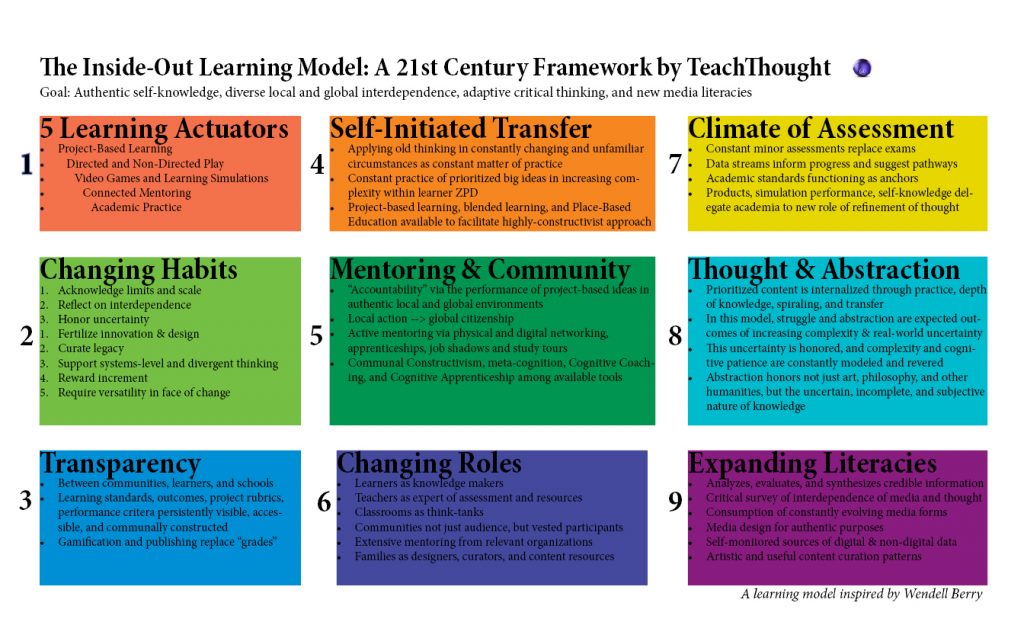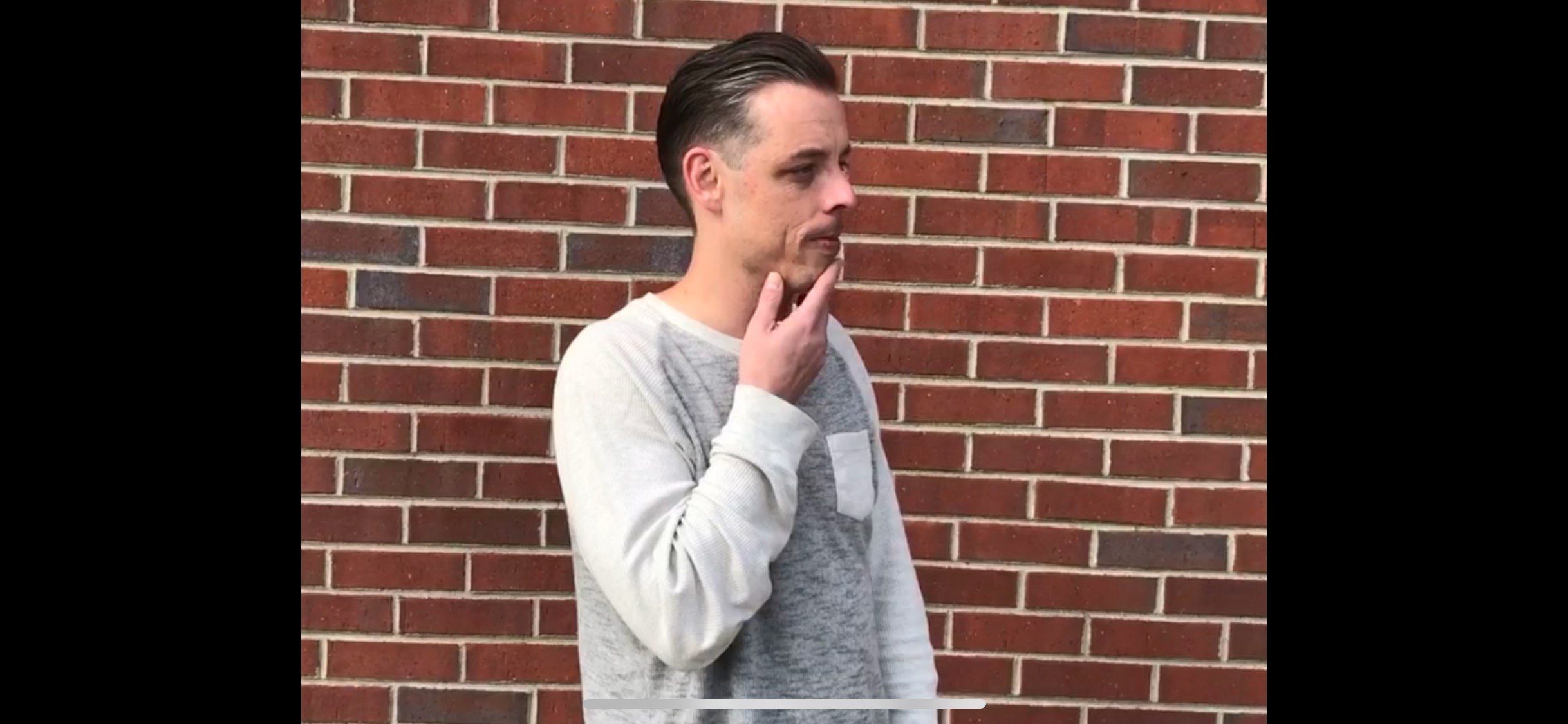The Real Difference Between Children And Students
In 2013, I wrote a post for edutopia exploring the difference between students and learners.
As ‘learning trends’ become the basis for full-on institutions of learning (see the Avenues: World School and North Star: Self-Directed Learning for Teens for two examples), these kinds of ideas are being field-tested, moving them from wishful thinking and feel-good rhetoric to actual real-world application.
Education constantly finds itself looking for proof of success: X data that says Y works, which would seem like magic: We could then take Y and spray it on schools and districts everywhere and repeat the same success.
Of course, real learning is personal, depending on incredible complexities–and incredibly personal nuance. No matter how rehearsed, like a band’s live music, It doesn’t ever sound exactly the same way twice.
So what we want then is less teaching, and more learning.
And fewer students, and more learners.
In that article, I wrote that “As academic standards shift, as technology evolves, and as student habits change, schools are being forced to consider new ways of framing curriculum and engaging students in the classroom. Project-based learning is among the most successful and powerful of these possibilities. As both a planning and a learning tool, PBL challenges teachers to make new decisions about how they plan student learning experiences, while simultaneously empowering students to take a more active role in the learning process.”
In looking at the curriculum-framing tool that is project-based learning, it also makes sense to look at broader learning models and fundamentals of school design.
“In this context of trying to make sense of exactly what progressive learning was, in 2009 I sketched out a graphic that visualized 9 Characteristics of 21st Century Learning, and recently created a follow-up framework, the Inside-Out Learning Model.
The four primary goals of this model of learning are:
- Authentic self-knowledge
- Diverse local and global interdependence
- Adaptive critical thinking
- New media literacies
Secondary goals include: purposefully leveraging the diversity of digital media, evolving the traditional definition of project-based learning, the role of play in learning, curiosity, and individualized learning pathways that are digitally curated and transparent to all direct and indirect stakeholders.
In the Inside-Out Learning Model, the idea is personalized learning by new actuators, the elimination of passivity, and full integration with responsive and authentic communities — not coincidentally, these are also elements of PBL.”
The Point Of An Inside-Out School
The idea of an ‘Inside-Out School‘ is to turn the school, like a sock, inside out, baring itself to the surrounding community and inherent support systems. If that community is attentive and systems are in place to consistently monitor and support the learning process, the school is unburdened of constantly making miracles.
And if it fails to meaningfully respond? Well, we know where to go next.
In the end, students are compliant participants in a now well-worn game. Schools long ago took the world, broke it into categories, and gamified its study with points, letter grades, and notions of progress and collaboration. This system can work, but only insofar as we want successful students in ‘schools that work.’
Learners are a bit different. Learners ask questions, interact directly with content, self-direct, and seek to satisfy curiosity and authentic knowledge needs.
Students can do this too, but only while navigating the game so many schools (and their teacher-centered learning models) have become.
The difference between children and students then comes down to the clarity of purpose and purity of the interaction between child and content.
One seeks knowledge, the other ‘success.’
